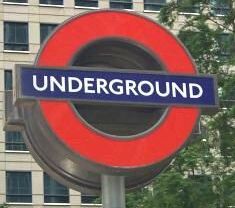 London’s famed Underground, the oldest subway in the world, opened in 1863. Also referred to as “The Tube”, the Underground is one of the best ways to get around London quickly and cheaply. If you’re planning to visit a number of attractions in one day, the best way to go is to get a Travelcard for the day which allows unlimited travel through all four city zones for only £5, for the day.
London’s famed Underground, the oldest subway in the world, opened in 1863. Also referred to as “The Tube”, the Underground is one of the best ways to get around London quickly and cheaply. If you’re planning to visit a number of attractions in one day, the best way to go is to get a Travelcard for the day which allows unlimited travel through all four city zones for only £5, for the day.
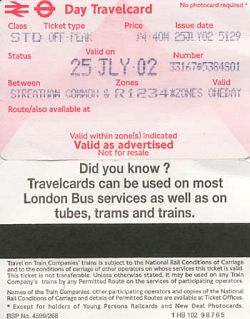 It’s also valid on buses, trams and the rail service to the suburbs. This can be a good bargain if your travel takes you to the outskirts of the city where it can cost £1.90 for a one-way. It also saves you from having to queue up for tickets over and over.
It’s also valid on buses, trams and the rail service to the suburbs. This can be a good bargain if your travel takes you to the outskirts of the city where it can cost £1.90 for a one-way. It also saves you from having to queue up for tickets over and over.
There are maps at every station and in every subway car. The biggest hassle with using the big Underground maps is locating your present position, as this never seems to be clearly marked. A good street map is also essential to find the best route to your destinations.
The Underground now handles over one billion trips each year. That’s over three million journeys each day stopping at 275 stations stretched over 408km. Yet despite its size, it runs fairly smoothly, and isn’t full of grafitti and trash like other subways.
The Underground has no air conditioning, so it can be sweltering on warm summer days, especially during rush hour, when little air seems to circuluate in the packed cars. Improvements to the fan systems on the older lines are slow in coming.
Always watch your belongings and valuables in public transport. While theft is not as bad as in other cities (like the Paris Metro), you should still be careful in crowds.
Don’t forget to “Mind the Gap!”. That simply means watch your step getting on and off public transport as the gap between the doorway and the platform can be larger that expected.
For maps and more info check out the Underground’s website: https://tfl.gov.uk/
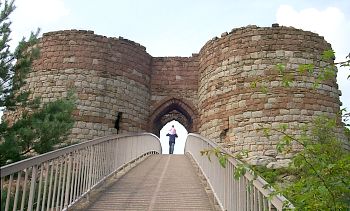





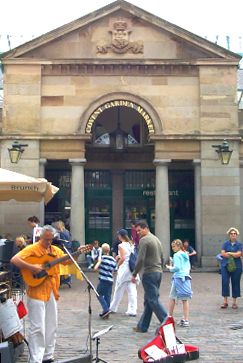 If you’re looking for fun in London, get down to Covent Garden, the center of London’s theater and entertainment district. There’s lots of trendy alternative shops, markets, music, and restaurants in this area to explore. Much of the area is closed to traffic, so walking around is easy. Window shopping is choice in this district with many specialty shops selling things like rare books, art, shoes, and the latest fashions. Just wander around the maze of short streets. Don’t miss Neal Street and James Street, as these are the alternative places to shop. James Street will take you right to the Covent Garden Market.
If you’re looking for fun in London, get down to Covent Garden, the center of London’s theater and entertainment district. There’s lots of trendy alternative shops, markets, music, and restaurants in this area to explore. Much of the area is closed to traffic, so walking around is easy. Window shopping is choice in this district with many specialty shops selling things like rare books, art, shoes, and the latest fashions. Just wander around the maze of short streets. Don’t miss Neal Street and James Street, as these are the alternative places to shop. James Street will take you right to the Covent Garden Market.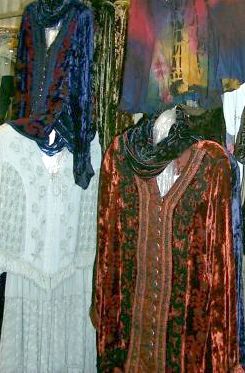 But still it’s a wonderful place to hangout on a nice day. In summer there’s live entertainment including music, magic, juggling or performance art. Now every month, on the second Friday, there’s a fresh produce market specializing in seasonal and organic produce!
But still it’s a wonderful place to hangout on a nice day. In summer there’s live entertainment including music, magic, juggling or performance art. Now every month, on the second Friday, there’s a fresh produce market specializing in seasonal and organic produce! London’s famed Underground, the oldest subway in the world, opened in 1863. Also referred to as “The Tube”, the Underground is one of the best ways to get around London quickly and cheaply. If you’re planning to visit a number of attractions in one day, the best way to go is to get a Travelcard for the day which allows unlimited travel through all four city zones for only £5, for the day.
London’s famed Underground, the oldest subway in the world, opened in 1863. Also referred to as “The Tube”, the Underground is one of the best ways to get around London quickly and cheaply. If you’re planning to visit a number of attractions in one day, the best way to go is to get a Travelcard for the day which allows unlimited travel through all four city zones for only £5, for the day.  It’s also valid on buses, trams and the rail service to the suburbs. This can be a good bargain if your travel takes you to the outskirts of the city where it can cost £1.90 for a one-way. It also saves you from having to queue up for tickets over and over.
It’s also valid on buses, trams and the rail service to the suburbs. This can be a good bargain if your travel takes you to the outskirts of the city where it can cost £1.90 for a one-way. It also saves you from having to queue up for tickets over and over. 